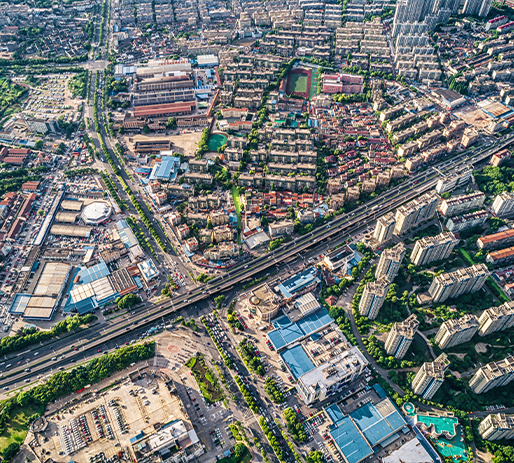


Spatial Matrix can play a vital role in improving cities' seismic resilience by utilizing Geographic Information Systems (GIS) and Building Information Modeling (BIM) technologies. By collecting, managing, and analyzing large amounts of spatial data, Spatial Matrix can provide valuable insights and recommendations to city planners and policymakers on how to prepare and respond to earthquakes. Spatial Matrix use GIS and BIM latest technologies to create detailed maps, models, and simulations of seismic hazards and risks. Spatial Matrix can also use this data to identify vulnerable infrastructure, buildings, and populations that are most at risk during an earthquake. Using this information, Spatial Matrix can develop mitigation strategies, such as retrofitting buildings and strengthening utility networks, that help to improve the seismic resilience of cities. By improving the preparedness and response capabilities of cities, Spatial Matrix can help minimize the impact of earthquakes on people and property, saving lives and reducing economic losses.
(BIM) in improving seismic resilience for cities worldwide. GIS can help in the planning, mitigation, and response to earthquakes and other seismic events. GIS can be used to map and analyze the vulnerability of infrastructure and buildings to earthquakes and identify areas that are at the highest risk of damage. This information can then be used to develop and prioritize mitigation strategies, such as strengthening existing infrastructure, building new structures to higher standards, and identifying evacuation routes. In the event of an earthquake, GIS can be used to track the location and severity of damage, and guide emergency response teams to affected areas. GIS can also help in the recovery process by identifying critical infrastructure, such as hospitals and water treatment facilities, that need to be restored as quickly as possible. Overall, the use of GIS in improving seismic resilience can help save lives, reduce damage and economic losses, and improve the long-term sustainability of communities in earthquake-prone areas.
